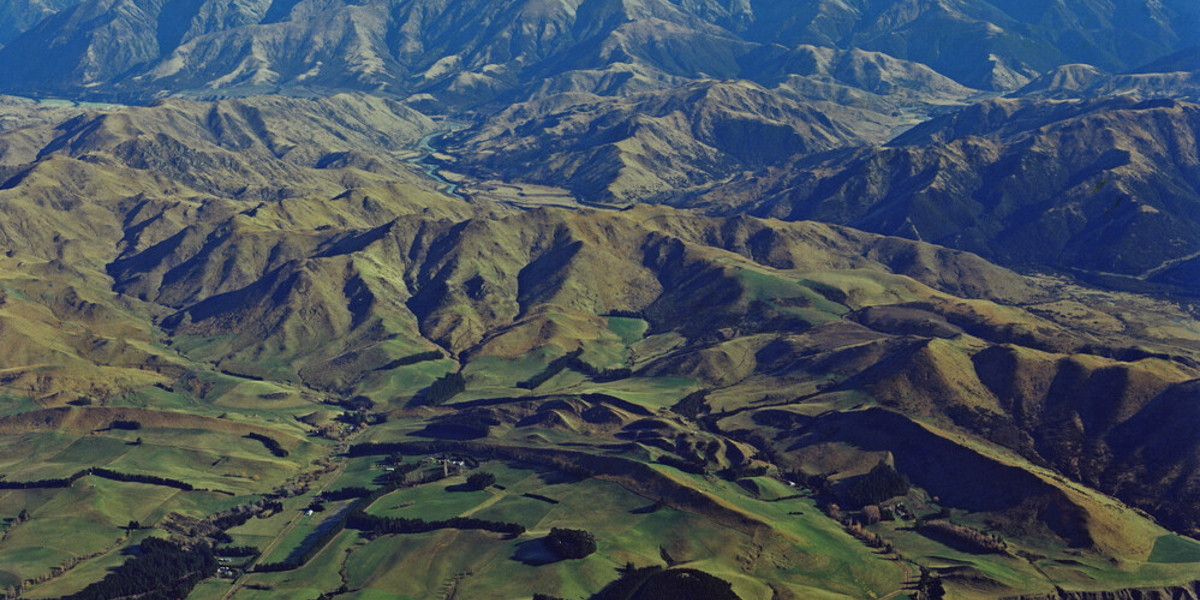jurek
Well-known member
If so, and we are not able to consistently place taxa in the right box, then it could be argued that the system has gone too far and is too granular.
Yes, this is what I believe. Both in the case of species and families.
But if species can be properly defined and may or may not be cryptic, then correct allocation is purely a human problem. The library system is right, we just struggle to use it!
The concept of discrete species is biologically untrue, that is birds called species on major bird lists contain more than 5% of hybridizing and non-monophyletic populations.
I remarked before that the library system of discrete species and subspecies is not needed for us. The concept became wrongly fixated sometime in the 1990s when ornithologists started using lists of all birds and early computer spreadsheets and databases. This seemed to be the top technology then.
Now it is perfectly possible to use not discrete categories. You have computer programs which lets you write, for example, a gull is 80x20 Herring x Caspian Gull and you scored 305.2 on your life list.
It removes the problem of hybrids and distinctive subspecies, which are not nothing but not a full species either. For a birdwatcher, one can even award higher rank to distinctive species, like Lammergeier or a Frigatebird, than to one more warbler or flycatcher. Or a higher rank for a colorful breeding plumage. All birdwatchers feel one is better than another, but the traditional bird list lets you only put seen or unseen.
Last edited:








